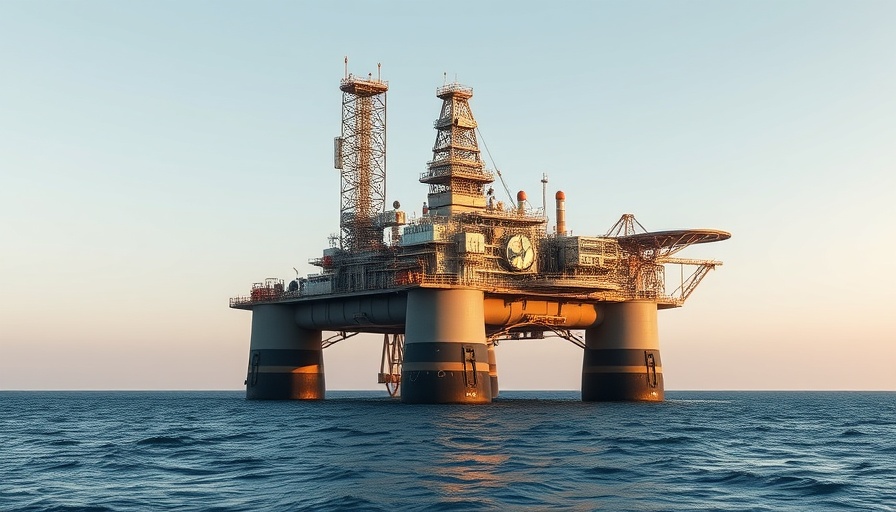
The Gulf of America Environmental Impact Statement: A Step Forward
The Bureau of Ocean Energy Management (BOEM) recently finalized an important Environmental Impact Statement (EIS) concerning the Gulf of America. This development aligns with ongoing efforts to enhance the nation's energy independence as part of the U.S. government's wider American Energy Dominance agenda.
Understanding the Impact of Lease Sales on Gulf of America
The finalized EIS will facilitate future oil and gas activities in the Gulf of America by analyzing potential outcomes of lease sales and associated activities. BOEM oversees nearly 3.2 billion acres of the Outer Continental Shelf, a vast area responsible for a significant portion (approximately 14%) of the U.S. oil production in fiscal year 2024.
As Acting BOEM Director Matt Giacona emphasized, completing this programmatic review is crucial for making informed decisions that are both transparent and comply with environmental regulations. This will not only provide clarity for energy producers but also help mitigate the potential negative impacts on the marine ecosystem.
Key Provisions and Implications of the Environmental Review
The Environmental Impact Statement holds considerable weight as it addresses various issues that emerged from litigation related to decommissioning activities and offers a framework for future environmental assessments. This structure intends to streamline approval processes for future projects, ultimately reducing delays in the energy sector.
The recently passed One Big Beautiful Bill Act further solidifies the government's commitment to maintaining a structured timeline for lease sales, mandating a minimum of 30 sales by 2040. The imminent Gulf of America Lease Sale 'Big Beautiful Gulf 1' is slated for December 10, 2025, suggesting an active, ongoing commitment to tapping into America’s offshore energy resources.
Environmental and Economic Considerations
While the economic benefits of these activities promise increased energy production and potential job creation, there are emerging concerns about their environmental footprint. Advocates for marine conservation caution that such activities may threaten local marine habitats, which are already under pressure from climate change and pollution. Balancing these interests is essential for sustaining both the economy and ecological wellbeing in the Gulf region.
Looking Ahead: The Future of Offshore Energy Production
The impact of this Environmental Impact Statement and subsequent lease sales will extend well beyond the immediate future. As the U.S. moves towards a more energy-independent future, the importance of responsible energy practices will grow. Stakeholders—including policymakers, energy producers, and environmental advocates—must engage in constructive dialogue to ensure the Gulf of America's resources are developed in a sustainable manner.
As we anticipate the upcoming lease sales and policy implications, staying informed on both the economic rewards and the environmental responsibilities will be paramount for community members and consumers alike.
In this rapidly evolving landscape of energy production and environmental stewardship, awareness and dialogue among stakeholders remain crucial. As these plans develop, it's important to continue this conversation about sustainable energy solutions.
 Add Row
Add Row  Add
Add 




Write A Comment